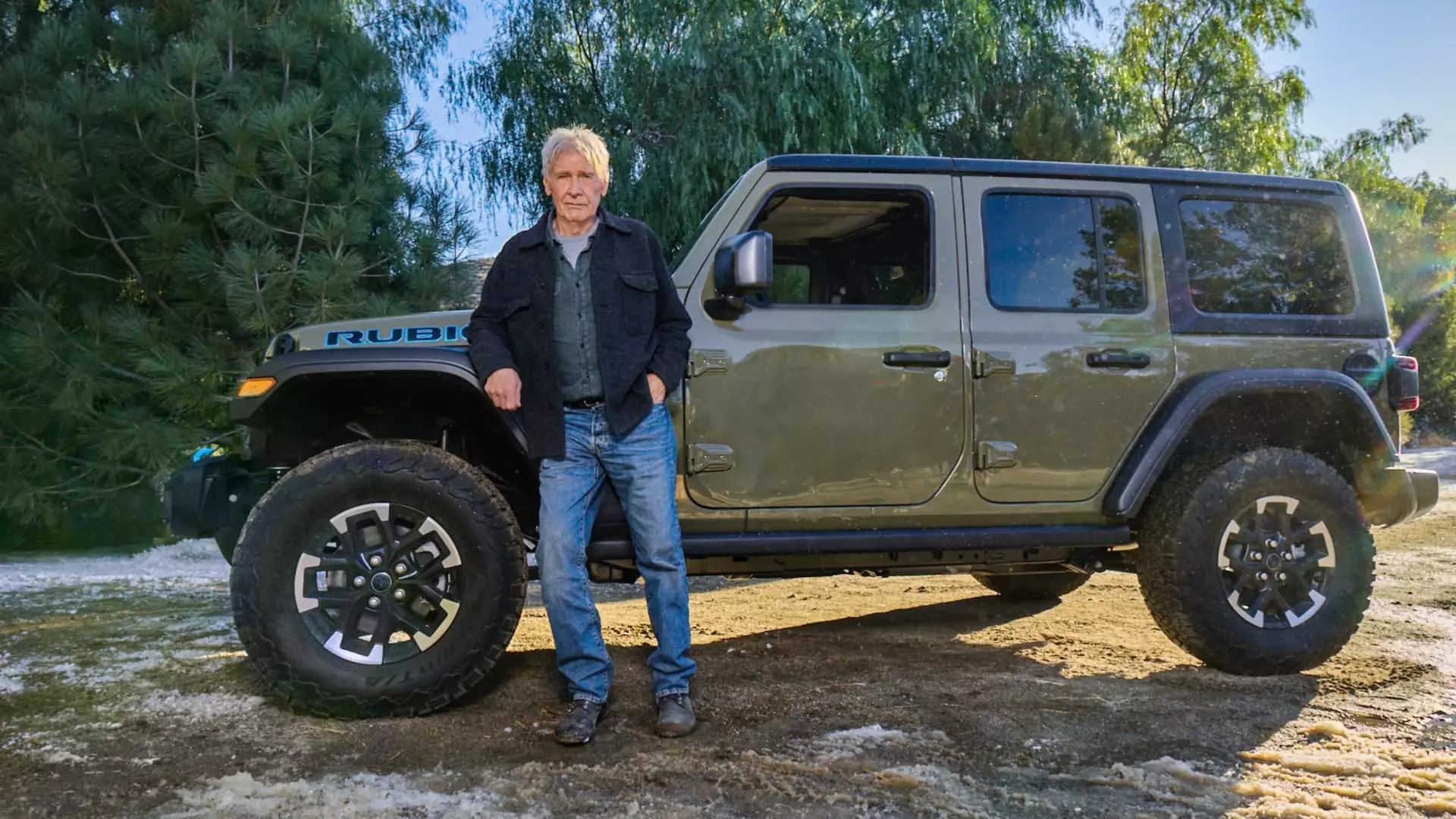In a dynamic and unpredictable automotive landscape, Stellantis has emerged as a compelling player with an ambitious comeback narrative, cleverly packaged into a captivating Super Bowl 59 advertisement. The automaker, renowned for its brands Ram and Jeep, found itself in a transitional phase, grappling with the abrupt departure of CEO Carlos Tavares and market uncertainties that led many competitors to shy away from the high-profile advertising opportunity. However, Stellantis’ Chief Marketing Officer, Olivier Francois, articulated a clear intent: to reclaim its position and tell a story of resilience and renewal.
Stellantis was spurred into action when Chairman John Elkann reached out to Francois, emphasizing the need for a compelling narrative that underscored the company’s rejuvenation in the U.S. market. “We want to show America how much it is important to the Stellantis group,” Francois recounted, highlighting the urgency and significance of their new direction.
Stellantis has long been associated with unique advertising strategies, employing iconic figures to weave narratives beyond mere product promotion. This innovative approach began during the company’s tumultuous post-bankruptcy period, dramatically spotlighted by Eminem’s unforgettable two-minute Super Bowl ad in 2011, which not only celebrated Detroit but also symbolized resilience. The current creative direction mirrors that ethos, emphasizing a return to narrative-driven campaigns.
The Super Bowl commercials featuring stars like Glen Powell and Harrison Ford continue this tradition, yet they also signal a shift towards more relatable content that resonates with contemporary consumer sentiments. The Jeep ad, showcasing Ford’s musings on freedom and individual journeys, further exemplifies how the automaker aims to connect deeper with its audience, intertwining automotive freedom with personal narratives. Notably, Ford’s poignant commentary about the lack of an “Owner’s Manual” aligns seamlessly with the spirit of adventure that Jeep embodies.
Francois expressed insight into the challenges presented by the electric vehicle (EV) push, stating that many competitors were “running like headless chickens” trying to capitalize on trends without a clear focus. Stellantis, however, decided to embrace a balanced approach. By highlighting both electric and traditional vehicles within their Super Bowl narratives, the company effectively tailored their message to a wider audience, affirming their commitment to innovation while remaining attentive to the needs of diverse consumers.
The moderation in their EV messaging permitted a refreshing juxtaposition — cars today are not only about advanced technology but also about the emotional connections they foster. This strategy contrasts starkly with those brands that have heavily pushed EVs without delivering tangible products, leading to a disconnect with the audience. Clearly, Stellantis seized this opportunity to present itself as both innovative and grounded, achieving a harmonious balance that many others missed.
Francois reflected on the timing of Elkann’s call to action, deeming it fortuitous. The ability to pivot creatively left them equipped to rewrite their narrative in a climate where others hesitated. “To improvise in the moment” allowed them to step past imitative strategies and adopt a bespoke approach that genuinely speaks to the contemporary consumer. This adaptability, combined with a rich storytelling tradition, has allowed Stellantis to carve out its unique space in a crowded market landscape.
Furthermore, with costs of Super Bowl airtime reaching exorbitant levels—which can be as high as $8 million for a 30-second slot—the risks associated with poor messaging are amplified. Yet Stellantis embraced the challenge, turning potential pitfalls into opportunities for deeper connection. Elkann’s reassessment of marketing as a value-driving force rather than merely a cost reflects a broader industry shift towards recognizing the profound impact of storytelling in automotive marketing.
As the curtain closes on Super Bowl 59, Stellantis stands out with not just an advertisement but a heartfelt articulation of its renewed vision. Driven by a commitment to blend narratives of resilience with innovative automotive offerings, the company successfully navigated the tumultuous waters of modern marketing strategies. Stellantis demonstrates that, even amid uncertainty, bold choices anchored in rich storytelling can pave the way for a robust revival. The journey ahead may still hold challenges, but with a reinvigorated spirit and an eye towards the future, Stellantis is undoubtedly a contender in reshaping its legacy.

